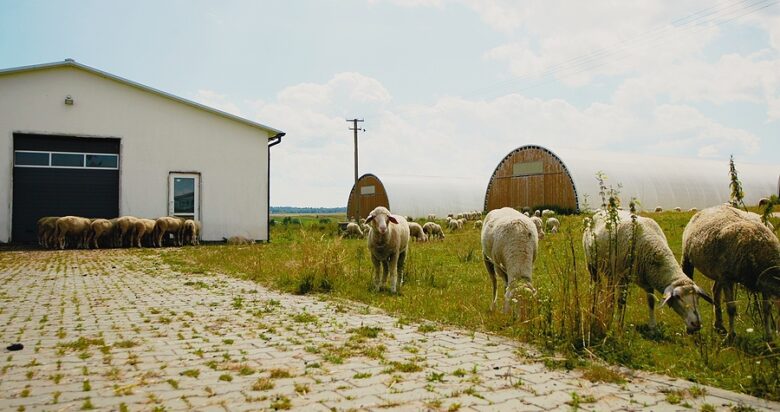We all love our products made with pure wool. With impeccable fibres and soft textures, they make perfect additions for a range of local purchases. The work that takes place behind the scenes however is another story.
The expertise of sheep farmers and the resources of the facilities requires key targets to be achieved. From the preparation to the sorting, packaging and handling, a smooth transition needs to be established.
This is a chance to see how the material is managed, delivering one of the most valued commodities in the market.
Extensive Cleaning
Shearing sheds undertake the very basic task of removing the wool from the animal. Needless to say, the livestock are not routinely cleaned. Staff need to be rigorous in removing the dirt, sweat and grease off the material, scouring all of the impurities away from the surface. Any threat of contamination needs to be red flagged at this juncture, highlighting the health and living conditions of the animals.
Sorting into Categories
Phase two of the process with wool production structures is to have the product positioned into categories. There will be particular discrepancies when thinking about the colour, the quality, the diameter and length of the fibre. Instead of hauling it into one confined collection, specialists will separate them accordingly. This is a critical activity to help outlets to designate the right material profile for a niche market commodity.
Leveraging Cutting-Edge Technologies
Individuals who work at a wool processing barn are not solely relying on their instinct. They need to bank on quality technologies that remove human error from the process. Optical scanners and automated machinery will be introduced. This allows professionals to engage in precise sorting, separating stock into groups according to their attributes like softness, warmth and durability.
Reducing Waste Initiatives
For a wool depot to be at its functional best, it has to make every effort to reduce waste. This is the cornerstone of the top wool facilities. Efficient scouring techniques cut down on water and chemical reliance. Products that are biodegradable and sustainable are introduced into the environment. It’s not only a way to reduce costs and overheads, but to commit the business to shared sustainable practices.
Stocked for Transport
The final phase of the operation that is on show with a sheep farming facility is compressing the material into bales. They are then sent on their journey to a manufacturer. At this point, they become clothing, carpets or a variety of other valuables. That smooth process along the supply chain is prepared and perfected. It requires open communication and coordination with commercial partners to be a success.
Conclusion
No detail can be overlooked if a wool farming centre is to be operating to its full potential. Every stage of the process requires diligent planning, calculation and honest reflection. This is a competitive industry where every metric is meticulously reviewed and analysed. If there are gaps in the operation or areas for growth, it will be explored. Here is how a wool brand manages to achieve a truly streamlined business.



